Fit and Free Thriving Healthily as a Digital Nomad
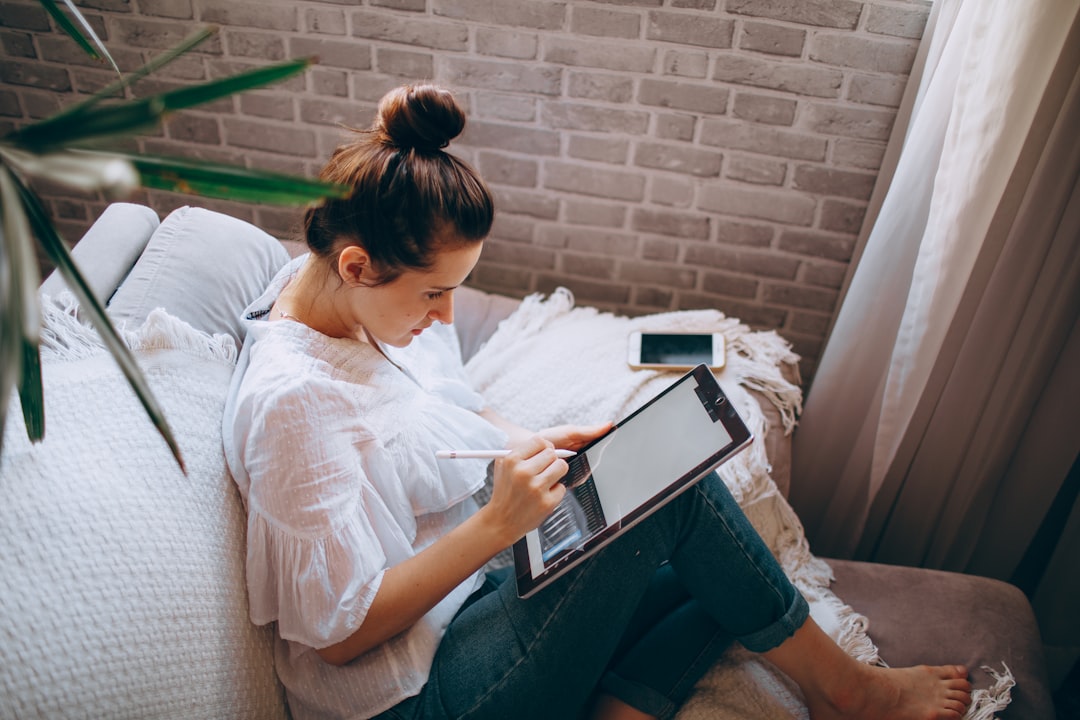
Introduction
Living the digital nomad life is a thrilling blend of freedom, adventure, and constant change. The ability to work from a beachside café in Bali, a co‑working space in Lisbon, or a mountain cabin in Colorado brings a sense of limitless possibility. Yet the very fluidity that makes the nomadic lifestyle so appealing can also create hidden challenges for health and fitness. Irregular schedules, shifting time zones, limited access to gyms, and the temptation to indulge in local cuisine can quickly erode the habits that keep the body strong and the mind sharp.
“Fit and Free” is not a luxury reserved for those who stay in one place. It is a practical, adaptable approach that lets you thrive physically and mentally while you roam. This guide offers a comprehensive roadmap to staying fit, eating well, and nurturing wellbeing no matter where your passport takes you. From bodyweight workouts that fit into a hotel room to nutrition hacks for street food markets, the advice below is grounded in science, tested by seasoned nomads, and organized so you can start implementing it today.
Understanding the Nomadic Body
The physiology of constant travel
When you move frequently, your body experiences repeated cycles of stress and adaptation. Changes in climate, altitude, humidity, and even local air quality force the cardiovascular and respiratory systems to adjust. In addition, the nervous system is constantly processing new stimuli—different languages, cultural cues, and unfamiliar environments. This perpetual state of low‑level stress can be beneficial, promoting resilience, but only if the body receives the right support.
Key physiological considerations for nomads include:
- Circadian rhythm disruption – Jumping across time zones can misalign the internal clock, affecting sleep quality, hormone balance, and metabolism.
- Variable activity levels – Some destinations encourage walking and hiking, while others are more sedentary. Fluctuating daily steps can impact joint health and muscle tone.
- Nutrient variability – Access to fresh produce, protein sources, and clean water differs from city to city, influencing micronutrient intake.
- Environmental stressors – Heat, cold, and pollution can strain the cardiovascular system and impair recovery.
Understanding these factors helps you design a health strategy that is flexible yet consistent enough to counteract negative effects.
The core pillars of nomadic wellbeing
- Movement – Regular physical activity maintains cardiovascular health, muscle mass, and joint mobility.
- Nutrition – Balanced macronutrients and adequate micronutrients fuel the brain and body, especially during long work sessions.
- Sleep – Quality rest restores hormonal balance, supports immune function, and consolidates learning.
- Mental resilience – Mindfulness, social connection, and stress‑reduction techniques protect against burnout.
- Recovery – Stretching, mobility work, and active rest prevent injuries and keep you ready for the next adventure.
Each pillar is interconnected; neglecting one will eventually undermine the others. The following sections break down practical ways to nurture each pillar while on the road.
Planning Workouts on the Move
Create a portable workout framework
A portable workout framework is a flexible template you can apply in any location, regardless of equipment or space. The framework consists of three core components:
- Warm‑up – 5–10 minutes of dynamic movement to raise heart rate and lubricate joints.
- Main session – A balanced mix of strength, cardio, and mobility work.
- Cool‑down – 5 minutes of static stretching and breathing to aid recovery.
By committing to this structure, you eliminate decision fatigue. Even on a day when you feel unmotivated, the knowledge that the session will only take 30–45 minutes makes it easier to start.
Schedule workouts around work blocks
Digital nomads often have flexible schedules, but the temptation to work late into the night is strong. To protect your health, anchor workouts to consistent time blocks:
- Morning activation – A short 15‑minute bodyweight circuit before you open your laptop can boost energy and improve focus.
- Mid‑day movement break – If you work a traditional 9‑5 rhythm, schedule a 30‑minute session during lunch. This split‑day approach keeps metabolism elevated.
- Evening unwind – A gentle yoga or mobility flow after work helps transition to rest and improves sleep quality.
Experiment with different times to discover when your body feels strongest and when your work commitments are most flexible.
Adapt to local resources
Every destination offers a unique set of resources. Here are common scenarios and how to adapt:
- Hotel gyms – Most business hotels provide a basic weight set, treadmill, and resistance bands. Use these for compound lifts (squat, deadlift, bench) and cardio intervals.
- Co‑working spaces with fitness rooms – Some modern hubs have dedicated wellness areas. Take advantage of group classes or the communal equipment.
- Public parks and outdoor spaces – Parks often have running tracks, pull‑up bars, and open fields. Use them for interval runs, calisthenics, and bodyweight circuits.
- No equipment at all – Rely on bodyweight exercises, resistance bands (which travel easily), and improvised tools like a sturdy backpack for added load.
The key is to view each location as a fresh gym rather than a limitation.
Minimal Equipment Strategies
The travel‑friendly kit
Packing light does not mean sacrificing effectiveness. A minimalist fitness kit can be squeezed into a carry‑on and still support a full‑body program:
- Resistance bands (light, medium, heavy) – Offer progressive overload for upper‑body pulls, leg extensions, and mobility work.
- Adjustable suspension trainer – Small, foldable, and can be anchored to doors or trees for rows, push‑ups, and core work.
- Jump rope – An excellent cardio tool that fits in any bag.
- Compact foam roller or massage ball – Helps release tension and improve circulation.
- Travel yoga mat (thin) – Provides a clean surface for floor work and stretching.
Select items based on personal preference and the type of training you enjoy most.
Exercise substitutions
When a specific piece of equipment is unavailable, substitute with a functional equivalent. Below are common substitutions:
- Pull‑ups – Use a sturdy tree branch, playground equipment, or a door‑frame bar. If none exist, perform inverted rows under a sturdy table.
- Deadlifts – Fill a backpack with books or water bottles and perform Romanian deadlifts or suitcase carries.
- Bench press – Perform floor presses with resistance bands or a backpack loaded with weight.
- Leg press – Do single‑leg step‑ups onto a bench, chair, or sturdy platform.
These substitutions keep the training stimulus intact while encouraging creativity.
Bodyweight Routines for the Nomad
Full‑body circuit (30 minutes)
Perform the following circuit 3–4 times, resting 60 seconds between rounds. Adjust repetitions based on your fitness level.
- Jumping jacks – 45 seconds
- Push‑ups – 12–15 reps (knees down if needed)
- Bulgarian split squats – 10 reps each leg (use a chair or low wall)
- Inverted rows – 12 reps (under a sturdy table or using a suspension trainer)
- Plank shoulder taps – 30 seconds
- Walking lunges – 20 steps total
- Mountain climbers – 45 seconds
Finish with a 5‑minute cool‑down of forward folds, hip flexor stretches, and deep breathing.
Strength‑focused bodyweight routine (45 minutes)
Designed for maintaining muscle mass when you cannot access heavy weights.
- Pistol squat progression – 3 sets of 6 reps per leg (use a chair for assistance)
- Archer push‑ups – 4 sets of 8 reps (spread hands wide, shift weight side to side)
- Single‑leg glute bridge – 4 sets of 12 reps per leg
- L‑sit holds on parallel bars or chairs – 3 sets of 15 seconds
- Tuck planche lean – 3 sets of 10 seconds (builds shoulder and core strength)
- Reverse Nordic curls – 3 sets of 8 reps (kneeling hip flexor stretch, excellent for quads)
End with a mobility flow targeting the shoulders, hips, and thoracic spine.
HIIT cardio without equipment
High‑intensity interval training (HIIT) can be done in a small space and yields cardiovascular benefits in a short time.
- 20 seconds burpees
- 10 seconds rest
- 20 seconds high knees
- 10 seconds rest
- 20 seconds squat jumps
- 10 seconds rest
- 20 seconds spider‑plank climbers
- 10 seconds rest
Repeat the set 5–6 times for a total workout of about 10 minutes. Adjust work/rest ratios if you are a beginner (e.g., 15 seconds work, 15 seconds rest).
Mobility and Stretching
Daily mobility checklist
Spending a few minutes each morning on mobility can prevent stiffness caused by long hours at a laptop and frequent travel. Perform each movement for 30–45 seconds, focusing on smooth, controlled motion.
- Neck circles – Both directions.
- Cat‑cow spinal flow – Mobilizes the thoracic and lumbar spine.
- Shoulder pass‑throughs with a band – Improves overhead mobility.
- Hip circles – Standing, rotate each hip clockwise and counter‑clockwise.
- Ankle dorsiflexion stretch – Kneel with one foot forward, press knee over toes.
- Thoracic rotation – On all fours, rotate one arm under the body, then open to the side.
Consistency is more important than depth; a brief routine each day keeps joints supple.
Post‑workout recovery stretches
After each training session, dedicate time to static stretching. Hold each stretch for 45–60 seconds, breathing deeply.
- Standing hamstring stretch – Place one foot on a low surface, hinge at hips.
- Chest opener – clasp hands behind back, lift elbows.
- Hip flexor lunge stretch – Kneel, push hips forward.
- Seated forward fold – Stretches lower back and hamstrings.
- Child’s pose – Relaxes the spine and shoulders.
If you have a foam roller, spend a few minutes rolling major muscle groups, especially calves, quads, and upper back.
Nutrition on the Road
The nomadic macronutrient balance
While traveling, it is easy to fall into a pattern of high carbs and low protein. Aim for a macronutrient split that supports both brain function and muscle maintenance:
- Protein – 1.2 to 1.6 grams per kilogram of body weight per day. Prioritize lean meats, fish, eggs, dairy, legumes, and protein powders.
- Carbohydrates – 40‑50% of total calories, focusing on complex sources like whole grains, sweet potatoes, fruits, and vegetables.
- Fats – 25‑30% of calories, emphasizing unsaturated fats from nuts, seeds, avocado, olive oil, and fatty fish.
Adjust the ratios based on activity level. On high‑intensity training days, increase carbs slightly; on rest days, lean toward higher protein and healthy fats.
Smart grocery shopping in unfamiliar cities
- Scout local markets – Fresh produce, herbs, and nuts are often cheaper and more authentic than supermarkets.
- Look for “bulk” sections – Many stores have bins for beans, lentils, rice, and oats. Buying in small quantities reduces waste.
- Identify protein shortcuts – Canned tuna, sardines, smoked salmon, and shelf‑stable tofu are portable and versatile.
- Carry a reusable container set – Enables you to portion meals for the day and avoid reliance on restaurant food.
When language barriers exist, learn key phrases such as “no oil,” “no sugar,” and “vegetarian” to communicate dietary preferences.
Eating out without compromising health
Dining out is a highlight of travel, but it can derail nutrition goals if you’re not strategic. Follow these guidelines:
- Prioritize protein – Choose dishes with grilled fish, chicken, or legumes as the main component.
- Load up on vegetables – Ask for extra veggies, salads, or side greens. Use them to fill half your plate.
- Control sauces – Request sauces on the side to limit hidden sugars and unhealthy fats.
- Watch portion sizes – Many restaurants serve oversized portions. Share a main dish with a travel companion or ask for a half‑portion.
- Hydrate with water – Avoid sugary drinks and excessive alcohol; both can impair recovery and sleep.
If a menu seems overly processed, look for street‑food stalls that serve simple grilled or steamed items, which are often healthier and more authentic.
Supplements for the itinerant lifestyle
Supplements can fill nutritional gaps that arise from unpredictable diets. Consider the following, but always consult a healthcare professional before starting:
- Multivitamin – Covers basic micronutrients, especially vitamin D in low‑sunlight regions.
- Omega‑3 fish oil – Supports brain health, reduces inflammation, and can be taken in capsule form.
- Vitamin D3 – Essential for those spending long hours indoors or in northern latitudes.
- Probiotic – Helps maintain gut health amid changing water quality and food.
- Protein powder (whey or plant‑based) – Convenient for meeting protein targets when fresh sources are scarce.
Choose travel‑friendly packaging (e.g., blister packs or single‑serve sachets) to stay organized.
Sleep and Recovery
Optimizing sleep across time zones
Jet lag can sabotage performance. Follow these steps to reset your internal clock quickly:
- Expose yourself to bright light – In the morning of the new time zone, spend 20‑30 minutes outdoors. Light suppresses melatonin and signals wakefulness.
- Avoid blue‑light screens – Use a blue‑light filter after sunset and limit device use 1 hour before bed.
- Adjust meal times – Eat meals aligned with the new time zone to reinforce the circadian shift.
- Consider melatonin – A low dose (0.5‑3 mg) taken 30 minutes before desired bedtime can help regulate sleep onset during the first few nights.
Creating a portable sleep‑friendly environment
Regardless of where you stay, you can enhance sleep quality with a few simple tools:
- Eye mask – Blocks ambient light, essential in bright hostels or shared rooms.
- Earplugs or white‑noise app – Reduces unfamiliar sounds.
- Travel pillow – Supports neck alignment if you’re sleeping on a couch or floor.
- Temperature control – Keep the room cool (around 18‑20 °C). If you cannot control the thermostat, use a portable fan or open a window.
Maintain a consistent bedtime routine, even if the exact hour varies. A ritual such as reading a short article, doing light stretching, or practicing gratitude signals to your brain that it is time to wind down.
Active recovery strategies
Recovery is not passive; active techniques accelerate healing and keep you ready for the next adventure.
- Low‑intensity walks – A 20‑minute stroll after a hard workout clears metabolic waste and reduces soreness.
- Contrast showers – Alternate hot and cold water for 30 seconds each, 3–5 cycles. This promotes circulation and reduces inflammation.
- Self‑myofascial release – Use a massage ball or foam roller to target tight spots in the calves, quads, glutes, and upper back.
- Breathing exercises – Simple diaphragmatic breathing for 5 minutes lowers cortisol and improves oxygen delivery to muscles.
Incorporate at least one active recovery practice on rest days or after particularly intense sessions.
Mental Health and Stress Management
Mindfulness practices for a nomadic mind
Travel can be exhilarating, but it also introduces uncertainty and isolation. Mindfulness anchors you in the present and reduces anxiety.
- Morning grounding – Sit comfortably, close eyes, and notice five sensations (e.g., the feel of the mattress, sounds outside, breath). Spend 3 minutes focusing on each.
- Digital sunset – Turn off all non‑essential devices at a set hour each evening. Use this time for journaling, reading, or light stretching.
- Gratitude log – Write down three things you appreciated about the day. This habit cultivates a positive outlook and combats homesickness.
Even a brief 5‑minute practice each day can markedly improve emotional resilience.
Building a supportive community while traveling
Human connection is a cornerstone of mental wellbeing. While you may not have a permanent group, you can create a network of like‑minded individuals.
- Co‑working spaces – Many have community boards, coffee hours, or group activities. Introduce yourself and join regular meet‑ups.
- Local fitness classes – Yoga, CrossFit, or dance classes bring together locals and other travelers with shared interests.
- Online nomad groups – Platforms such as Discord, Facebook, or Reddit host region‑specific communities. Participate in discussion threads, share tips, and arrange occasional in‑person meet‑ups.
- Buddy system – Pair up with another nomad for accountability in workouts, language practice, or exploring new cities.
Having a support system reduces feelings of isolation and provides motivation during challenging periods.
Managing work‑related stress
Remote work can blur the line between personal and professional life. Implement clear boundaries:
- Set a daily “stop‑work” alarm – When the alarm sounds, close your laptop and transition to leisure activities.
- Use the Pomodoro technique – Work in focused 25‑minute intervals followed by a 5‑minute break. This maintains productivity while preventing burnout.
- Designate a work‑only zone – Even in a small apartment, choose a corner for work only. Physically leaving that area signals the end of the workday.
Combine these tactics with regular physical activity to keep stress hormones in check.
Tech Tools for Health on the Road
Fitness tracking apps
- Strava – Ideal for tracking runs, bike rides, and hikes. Its social component can connect you with local routes.
- Strong – Simple interface for logging weight‑training sessions, including bodyweight exercises.
- FitOn – Offers a library of guided workouts that require little to no equipment.
Choose one app that aligns with your primary activity and use it consistently for data‑driven insights.
Nutrition management tools
- MyFitnessPal – Large food database, barcode scanner, and macro tracking. Helpful for maintaining protein targets.
- Cronometer – Focuses on micronutrient intake, ensuring you meet vitamin and mineral needs even with limited food variety.
- Zero – Intermittent fasting timer, useful if you experiment with time‑restricted eating to improve metabolic health.
Synchronize your nutrition app with your fitness tracker for a holistic view of energy balance.
Sleep optimization devices
- Oura Ring – Provides detailed sleep stages, readiness scores, and recovery metrics without the bulk of a smartwatch.
- Sleep Cycle – Smartphone app that gently wakes you during the lightest sleep phase, making mornings feel more refreshed.
- White Noise apps – Generate soothing sounds to mask unfamiliar environmental noises.
Leverage the data to fine‑tune bedtime routines and identify patterns that affect performance.
Sample Weekly Plan for the Digital Nomad
Below is a flexible template that balances work, movement, nutrition, and recovery. Adjust the order of days based on travel schedule, time‑zone changes, or personal preferences.
Monday – Strength Focus
- Morning: 10‑minute mobility flow
- Mid‑day: 45‑minute full‑body strength circuit (bodyweight or resistance bands)
- Evening: Light stretching + 7‑hour sleep window
Tuesday – Cardio & Exploration
- Morning: 20‑minute HIIT session (no equipment)
- Work blocks: Pomodoro technique, 2‑hour lunch break for a city walk or hike
- Evening: Dinner with protein‑rich local dish, gratitude journal
Wednesday – Active Recovery
- Morning: Yoga or Pilates video (30 minutes)
- Mid‑day: Light walk outside co‑working space
- Evening: Foam rolling + reading before bed
Thursday – Upper‑Body Emphasis
- Morning: Resistance band pull‑apart warm‑up
- Mid‑day: 40‑minute upper‑body workout (push‑ups, rows, band shoulder press)
- Evening: Social activity with other nomads (group dinner, language exchange)
Friday – Endurance Day
- Morning: 30‑minute steady‑state jog or bike ride (explore a new neighborhood)
- Work: Finish major tasks, set weekend goals
- Evening: Early bedtime, use melatonin if crossing time zones
Saturday – Adventure & Flexibility
- Morning: Long hike, surf, or cultural excursion (stay active while sightseeing)
- Post‑activity: Protein shake, stretch major muscle groups
- Evening: Relaxation, perhaps a movie or meditation session
Sunday – Rest & Planning
- No structured workout
- Light mobility routine (10 minutes)
- Meal prep for the week (focus on protein, complex carbs, veggies)
- Review upcoming travel itinerary, set intentions for the next week
Consistency is more important than perfection. If a day is missed, simply resume the next scheduled session.
Common Pitfalls and How to Overcome Them
Pitfall: “No gym, no workout”
Solution: Keep a list of at‑home or hotel‑room exercises on your phone. When you feel the urge to skip, open the list and commit to a 10‑minute micro‑session. The momentum often carries you into a longer workout.
Pitfall: Over‑reliance on take‑out food
Solution: Batch‑cook simple staples like quinoa, lentils, and roasted vegetables in a portable pot. Portion them into containers for quick meals. Pair with fresh fruit or a protein source for balanced nutrition.
Pitfall: Irregular sleep due to nightlife
Solution: Set a “sleep cutoff” time that you respect, even if it means leaving a party early. Use an eye mask and earplugs to create a dark, quiet environment regardless of external noise.
Pitfall: Feeling isolated
Solution: Schedule a weekly virtual coffee with a friend or fellow nomad. Even a 15‑minute video call provides social connection and accountability.
Pitfall: Burnout from constant productivity pressure
Solution: Institute a “digital detox day” once a month. Turn off work notifications, explore the area without devices, and engage in a hobby that is unrelated to your profession.
By anticipating these challenges and having pre‑planned responses, you reduce the likelihood of slipping into unhealthy habits.
Final Thoughts
Thriving as a digital nomad is not about achieving a perfect fitness score or adhering to a rigid diet plan. It is about cultivating a resilient, adaptable system that supports your body and mind as you navigate ever‑changing environments. By integrating consistent movement, mindful nutrition, restorative sleep, and mental‑health practices, you create a foundation that fuels creativity, productivity, and the joy of exploration.
Remember that every small decision compounds over time. A 10‑minute stretch in the morning, a protein‑rich snack, a brief meditation, or a walk through a new city all add up to a healthier, freer you. Treat each day as an opportunity to experiment, learn, and refine your approach. The world is your gym, kitchen, and sanctuary—embrace it with intention, and you will discover that staying fit on the road is not only possible, it can become one of the most rewarding aspects of the nomadic adventure.
Random Posts
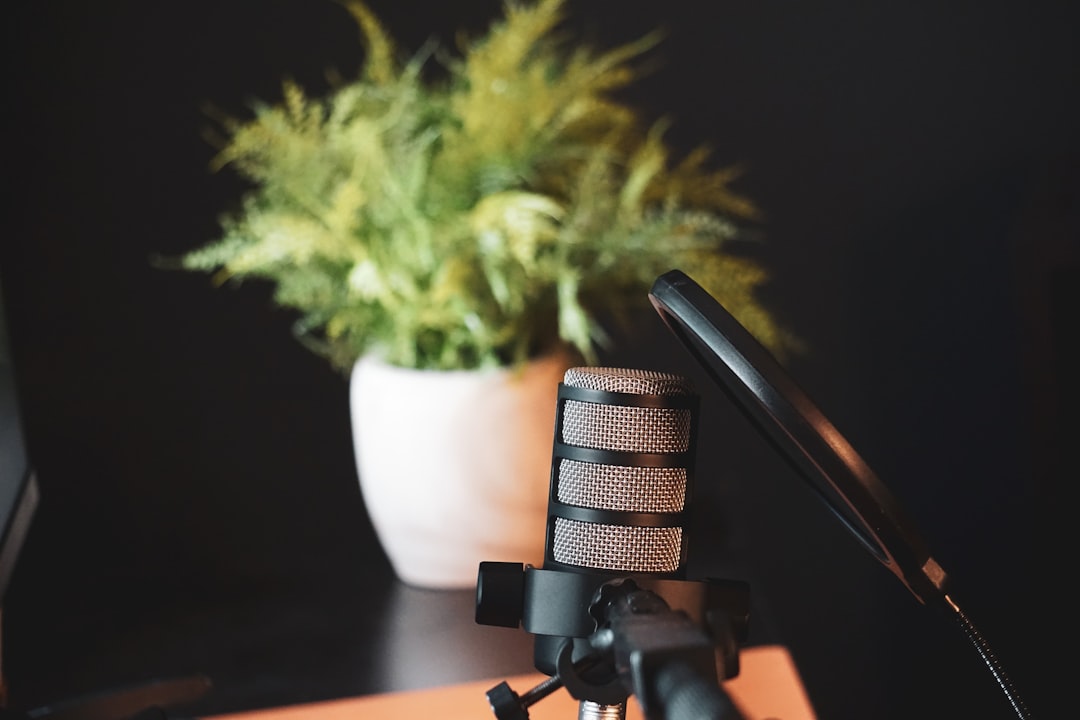
Boost Your Efficiency with Proven Remote Work Strategies
Learn the proven remote work tactics that turn flexibility into productivity: focus, organization and motivation tips that help you deliver top results from any location
1 month ago

Top Remote Job Boards Every Freelancer Should Bookmark
Discover the essential remote job boards that let freelancers skip endless scrolling, find vetted projects, filter by pay and length, and turn the job hunt into a quick, predictable routine.
1 week ago
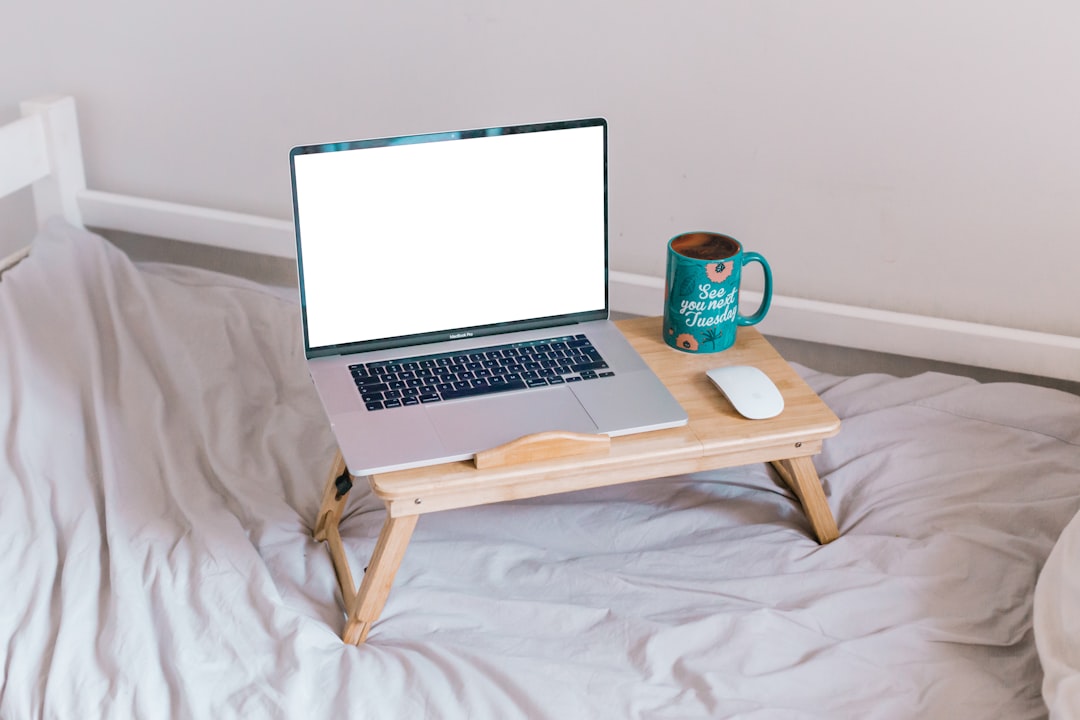
Tax Filing Hacks for Remote Workers and Digital Nomads
Learn the top tax hacks for remote workers and digital nomads: nail residency rules, avoid double tax, claim deductions, and simplify filings across borders, so you keep more money and spend less time on paperwork.
2 months ago
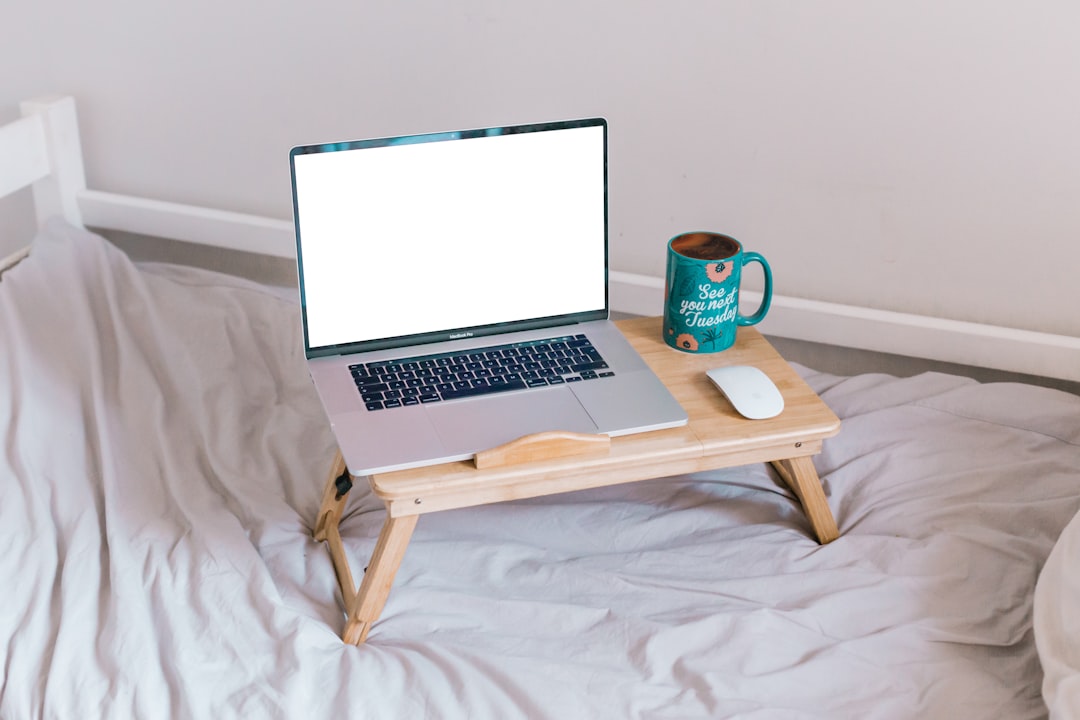
Why Latin America Is the Perfect Region for Digital Nomads
Latin America blends adventure, low cost and solid internet, offering bustling cities, tranquil beaches and mountain retreats all in one region, making it the ideal playground for digital nomads.
2 weeks ago
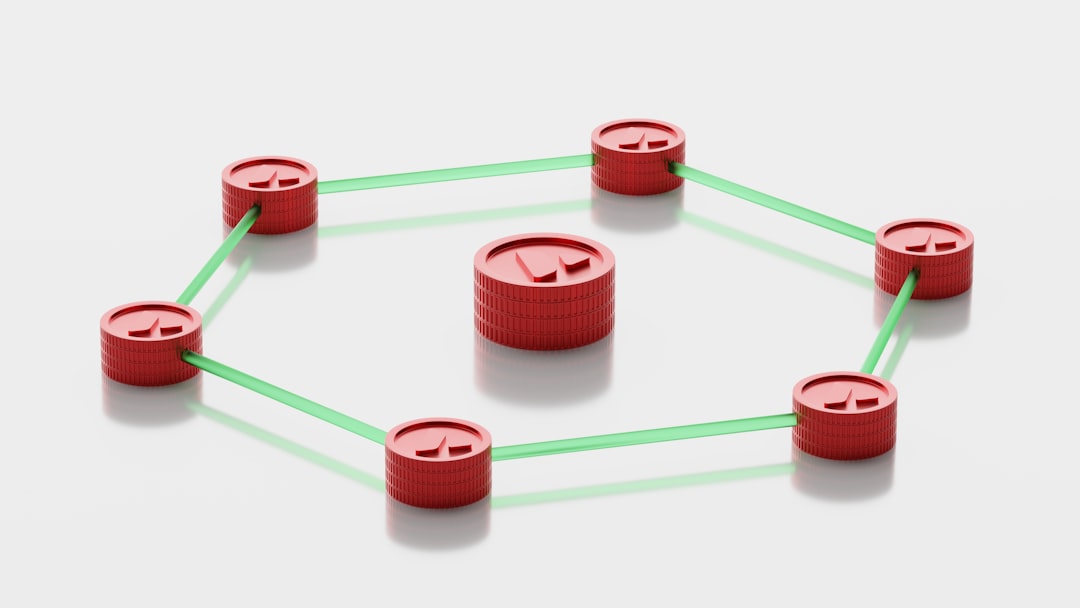
Unlocking Global Productivity Through Remote Coworking Hubs
Remote coworking hubs turn cities into productivity hotspots, giving digital nomads and distributed teams high speed internet, inspiring design, and vibrant networks that power global collaboration.
4 weeks ago
Latest Posts

Essential Software Every Remote Professional Should Use
Master remote work with essential tools: instant messaging like Slack, high definition video calls such as Zoom, and asynchronous voice apps. Streamline communication, stay connected and boost productivity.
1 day ago

Mastering Remote Work Productivity for Digital Nomads and Freelancers
Learn proven habits, tools, and tactics that help digital nomads and freelancers stay focused, deliver quality work, and maintain a sustainable lifestyle while traveling the world.
1 day ago

Tech‑Friendly European Towns Perfect for Remote Living
Discover Europe’s best small towns where fast internet, affordable living and vibrant tech communities let you work remotely while soaking up historic charm, lakeside views or mountain air.
1 day ago